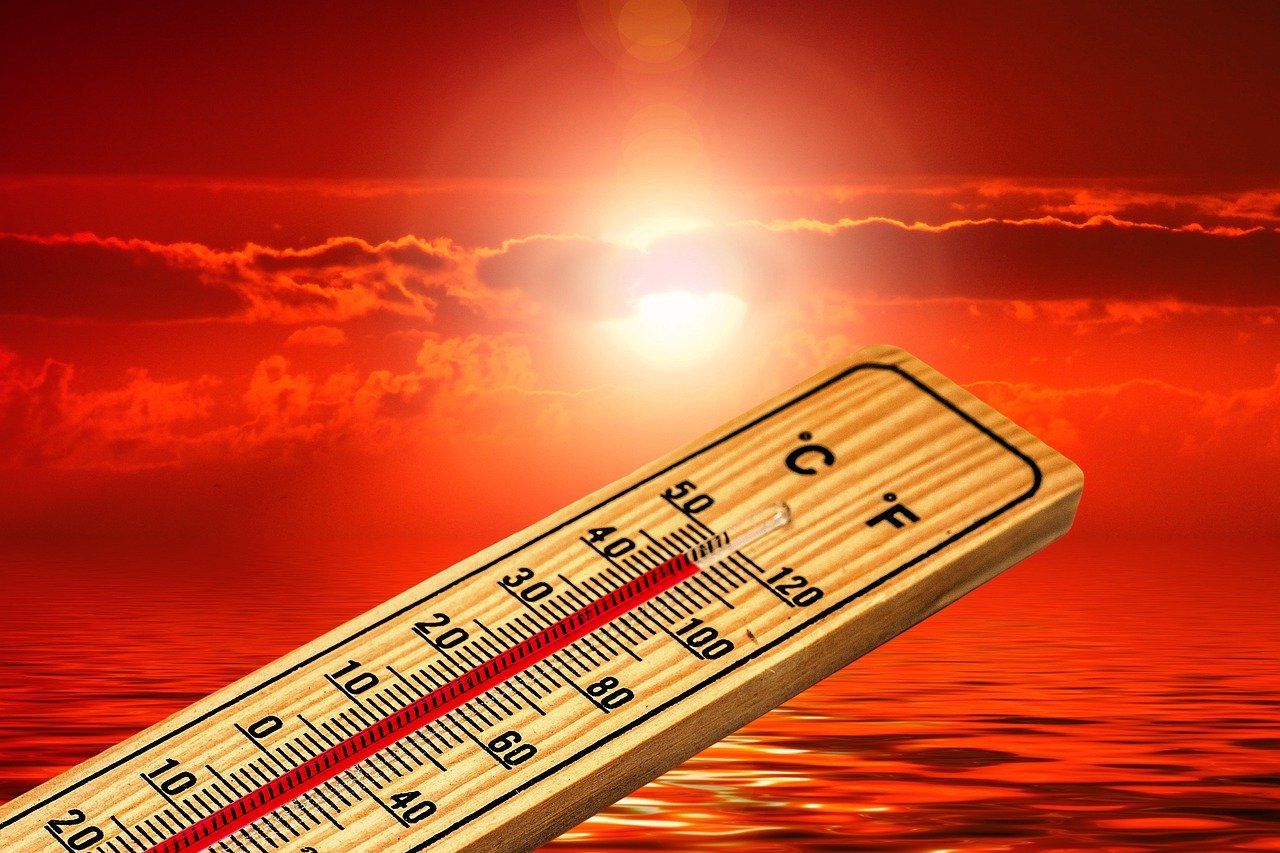Follow us on Google News (click on ☆)
The weather phenomenon responsible, known as a 'heat dome,' is particularly concerning. It forms when an area of high atmospheric pressure traps hot air, much like a lid on a pot. This situation can last for several days or even weeks, exacerbating already high temperatures.

Illustration image Pixabay
Forecasters warn of temperatures approaching 104°F (40°C) in some regions. Cities like Denver, Washington, and New York could experience several consecutive days of extreme heat. High humidity will make these conditions even more unbearable, increasing health risks.
Authorities are warning about the dangers for people without access to effective cooling systems or adequate hydration. Prolonged outdoor activities are particularly risky. Warmer-than-average nights will not provide necessary relief, worsening the situation.
This heat wave is part of a broader trend of global warming. Extreme weather events like this are becoming more frequent and intense. While it's difficult to attribute a specific event to climate change, scientists expect an increase in these phenomena.
Recent years have broken global temperature records, and 2025 is no exception. This trend highlights the urgency of taking action to reduce greenhouse gas emissions and adapt to new climate realities.
What is a heat dome?
A heat dome is a weather phenomenon where an area of high atmospheric pressure traps hot air beneath it. This creates oven-like conditions, with temperatures soaring and remaining high for days.
The formation of a heat dome is often linked to specific atmospheric circulation patterns. These patterns can block cooler weather systems, preventing heat from dissipating. The result is a buildup of heat that can become dangerous.
Heat domes can have significant impacts on human health, agriculture, and infrastructure. They also increase energy demand for air conditioning, which can lead to power outages and other issues.
Understanding these phenomena is crucial for developing adaptation and mitigation strategies, especially in an era of global warming.